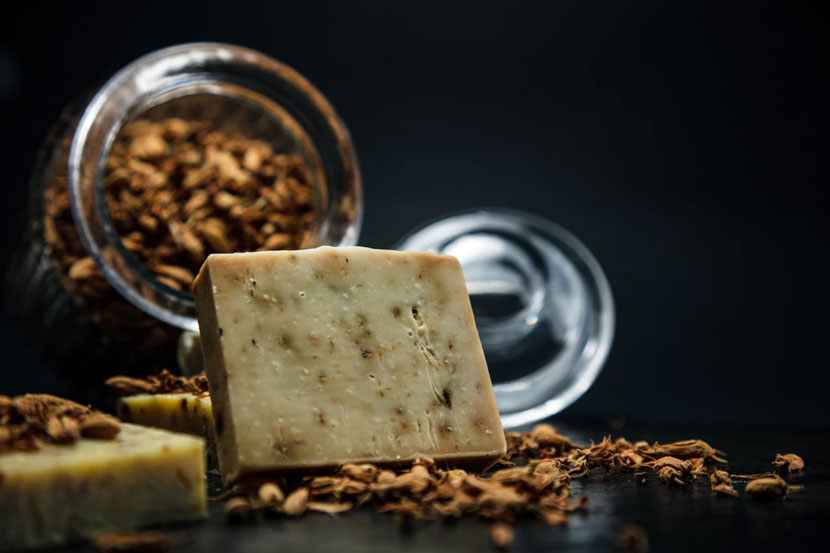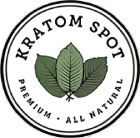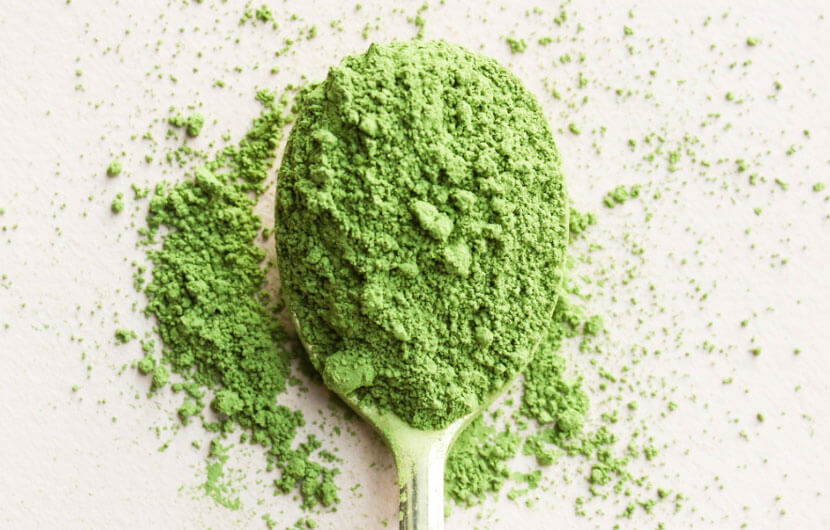
Help your skin feel clean and healthy with the power of Kratom soap. DIY soap is a great way to study the effects of Kratom. DIY soap is easy to make, and it offers you the ability to know exactly what you’re putting on your body. From adding your favorite fragrances to adding potent botanicals, choosing to make your own soap is a great choice for many Kratom advocates.
What Is Kratom?
Kratom is the name for Mitragyna speciosa, a type of tropical evergreen found throughout Southeast Asia. For hundreds of years, local populations have turned to it for a variety of traditional medical uses. DIY Kratom soap is a convenient way to add Kratom to your daily life.
It should be noted that while traditions hold many uses for Kratom, the FDA disagrees. In the US, Kratom is not sold for consumption, but for research purposes only. You should always be informed about what you’re putting in or on your body, and independent research is key when it comes to evaluating Kratom’s potential for you.
Why Is Kratom In My Soap?
Making your own Kratom soap lets you choose what’s right for you. You determine the botanicals you find the most helpful either for their direct effects on your skin or as a means of aromatherapy. Powerful in their own right, these flowers and herbs can create a synergistic effect when blended with premium Kratom powder.
- Moisturizes And Nourishes – DIY Kratom soap uses a nutritious oil base that gives your skin the nutrients it needs. When blended with the right mix of Kratom and botanicals, you’ll have softer skin that is supple and a reduced appearance of scars and aging.
- Helps Control Blemishes – Blemishes are caused by our own body chemistry, as sebaceous glands overproduce oil and clog pores and follicles with dead skin cells. The right soap blend can help clear pores and better manage your skin’s oil production.
Making Soap
For many people, soap making is an exciting hobby that lets them take control of their body’s exterior wellness. It’s relatively straightforward, but there is no limit to the potential customizations you could choose. For this batch, we’re going with something simple, straightforward, and that won’t give you Fight Club flashbacks. We’re going to make a generic glycerin soap that will let you explore every variation you can imagine to get the most out of your Kratom.
Ingredients:
- 2 lbs. of melt and pour glycerin soap base equal in volume to the soap you’re making.
- 1 cup of olive, coconut, or palm oil. Remember that oils that are solid at room temperature will generally produce harder soap bars.
- 6oz, of premium Kratom powder.
- Botanicals of your choice. These can be dried flowers, like lavender or jasmine, or you could choose an essential oil, adding only a few drops.
Please note that soap base formulations vary. Some will already contain nourishing oils like those mentioned above. If your soap base contains these, halve the amount of oil you add or you can skip it altogether if you want to. Whichever gives you the consistency of bar you like best.
While this method is safer than using lye, you should still use caution. Prepare your work area with newspapers or other absorbent materials in case of a spill, wear rubber gloves to protect your hands, pour away from your face and use eye protection if necessary. Make sure kids and pets stay away from hot oils and glycerin, and that no one likely to mistake great smelling Kratom soap for food will have a chance to “sample” the completed product.
Making Your Soap
- Melt The Glycerin – In a double boiler, heat chunks of glycerin until they melt. This happens at about 115℉. If you don’t have an actual double boiler, place one pot inside a larger pot with several inches of water. Heat until it reaches a smooth consistency.
- Prepare Soap Molds – Silicone soap molds are widely available, but silicon candy, cookie, dessert, muffin, or loaf molds or bakeware work just as well. If all else fails, you can use a deep baking sheet or cake pan then cut bars to size later. A light spritz with rubbing alcohol on the molds will help keep your soap from bubbling while it cures after you pour it in.
- Add Oils – Add your added nutritional oils slowly, stirring to create a well-blended solution. Stir slowly and remember to “scrape” the bottom of the pan so you’re getting distribution throughout the glycerin.
- Remove From Heat – Take your melting pan from the double boiler.
- Add Active Compounds – Slowly add your Kratom to the soap while stirring and any essential oils. If you’re using dried plant material, add it last.
- Pour Your Soap – Carefully fill your molds. Stir as you fill. Any sediment, such as dried flower petals, can be spread among the molds once you’re done if necessary. Once your molds are full, spritz the tops with rubbing alcohol to prevent air bubbles from marring the surface.
- Let It Cure – Place your soap in a cool, dry place where it won’t be disturbed for at least 24 hours. At that point, your soap should be ready to go, however, some olive-oil-heavy soaps may continue to harden for several days.
Start With Quality
DIY soap can be just as effective as store-bought soap while offering care tailored to your needs. Just make sure you start with premium Kratom powder, and you’ll have great results. Order high-quality Kratom online from Kratom Spot today.


